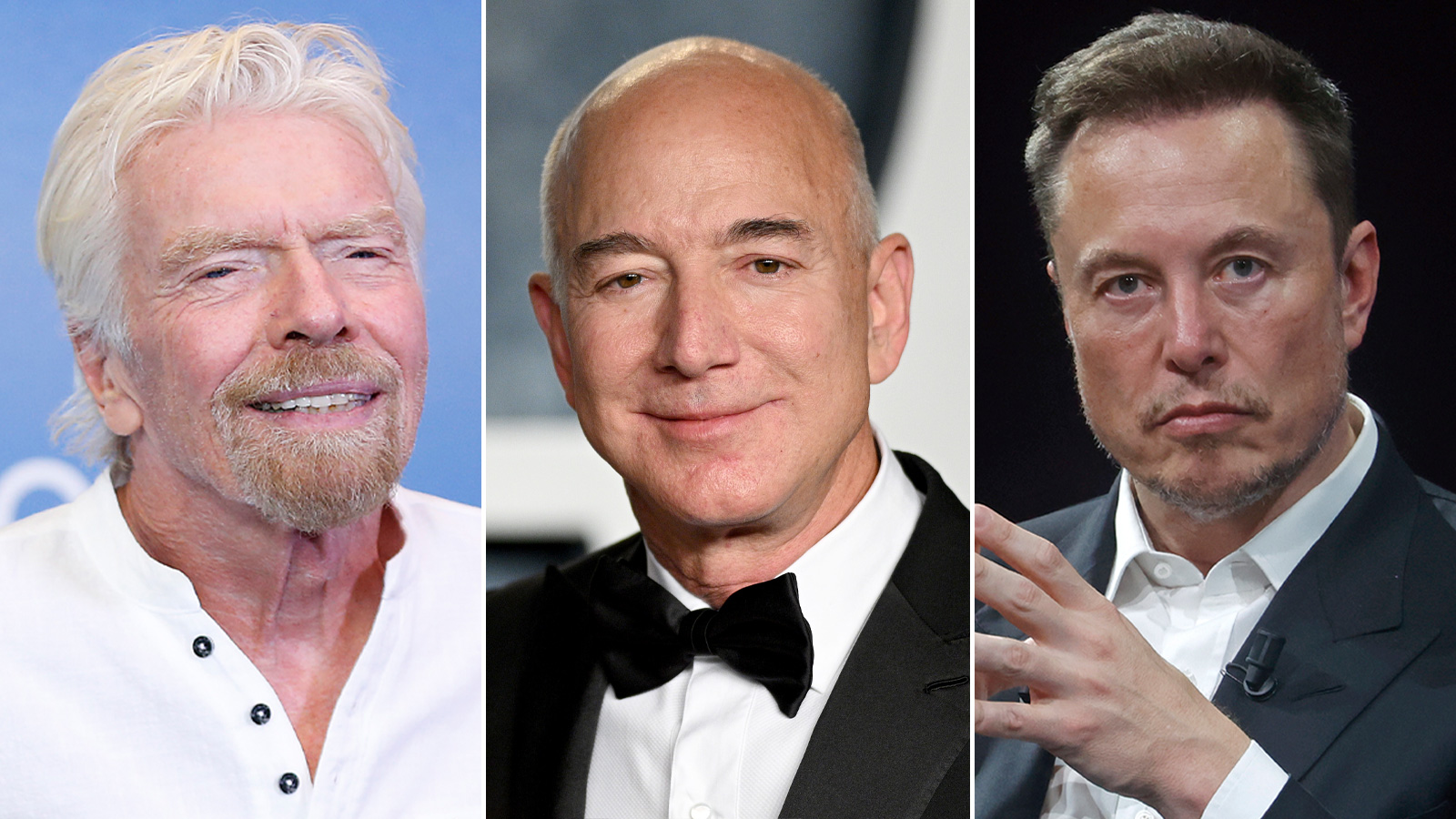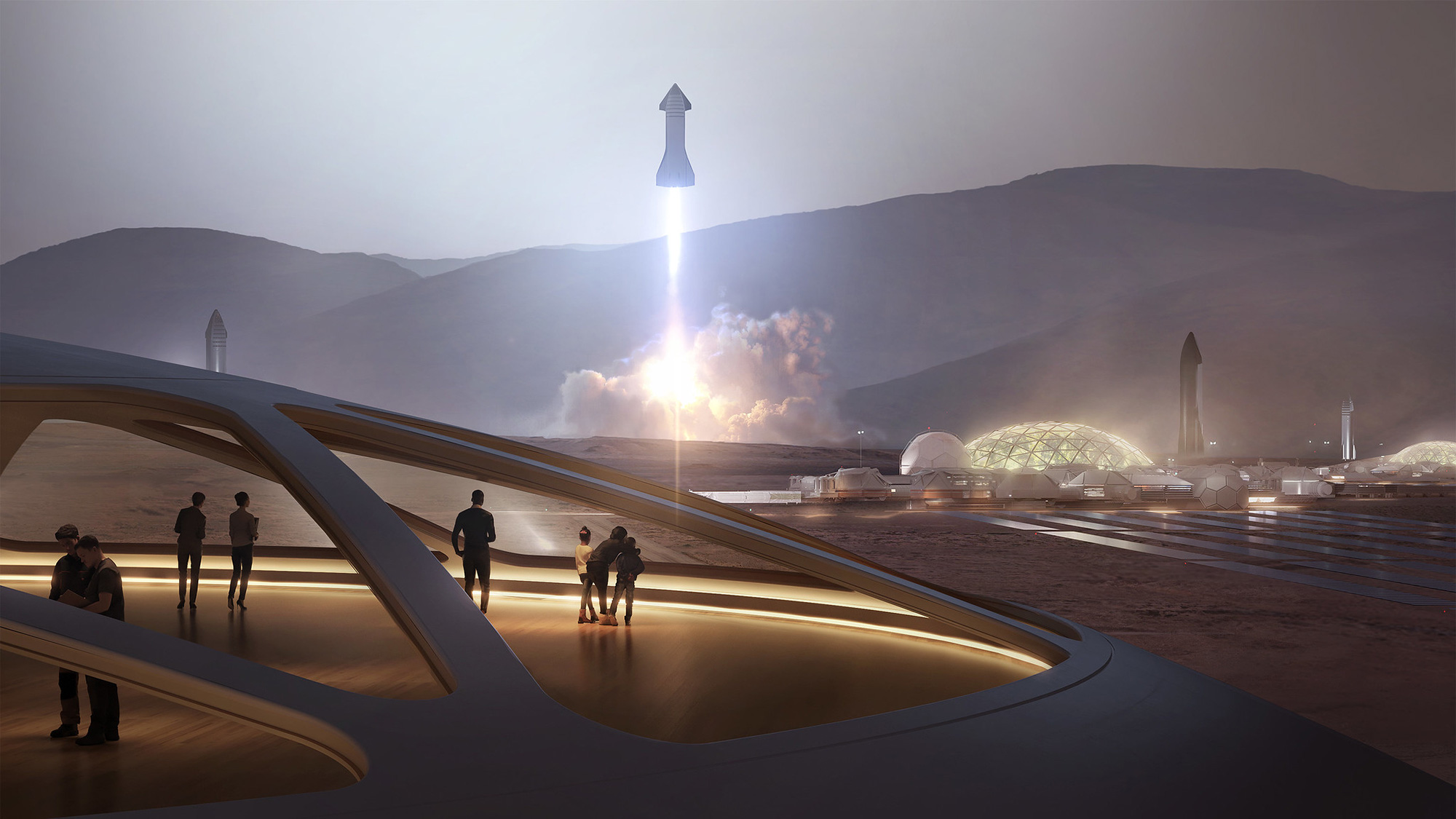The first attempt to send Starship spaceward generated what Musk referred to as a "rock tornado" at liftoff as the sheer force of the rocket blew apart the launchpad. It spewed debris up to 20 acres outside the area that federal regulators initially expected.
And that all happened before the rocket exploded over the Gulf of Mexico.
In the hopes of avoiding a repeat, SpaceX has spent the last several months making some changes at the launchpad.
One key addition is a new water deluge system.
Essentially, it's a massive steel plate that has holes in it, allowing water to shoot up. The "massive super strong steel shower head" — again, Musk's words — will spray water when it's time for liftoff in order to dampen the jarring vibrations and heat given off by Super Heavy's monstrous engines.
The Federal Aviation Administration described the new system like this:
A maximum of approximately 358,000 gallons of potable water would be pushed from ground tanks into the steel plates and released through holes in the plating. The deluge system would apply a large amount of water to rapidly cool and create a barrier between the steel plate and rocket exhaust that will help to absorb sound energy and heat produced by the rocket engines and would allow the steel plate to be reused. It is expected that most of the water would be vaporized by the heat of the rocket engines.









